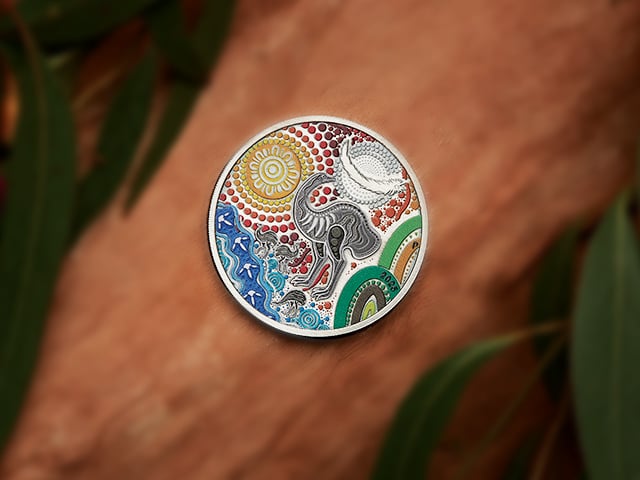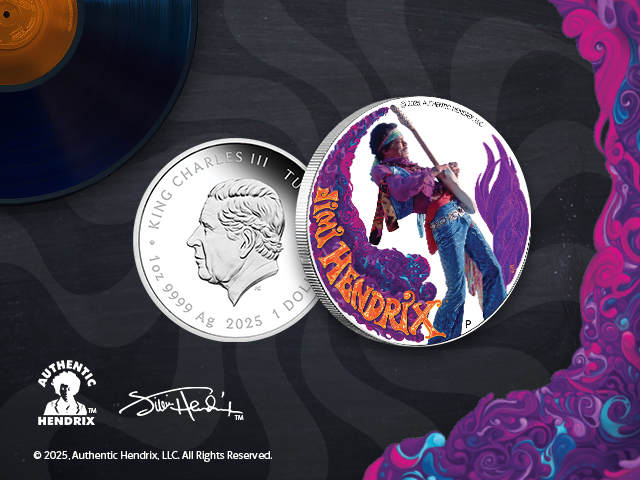How did the Endeavour voyage contribute to the history of scientific exploration?
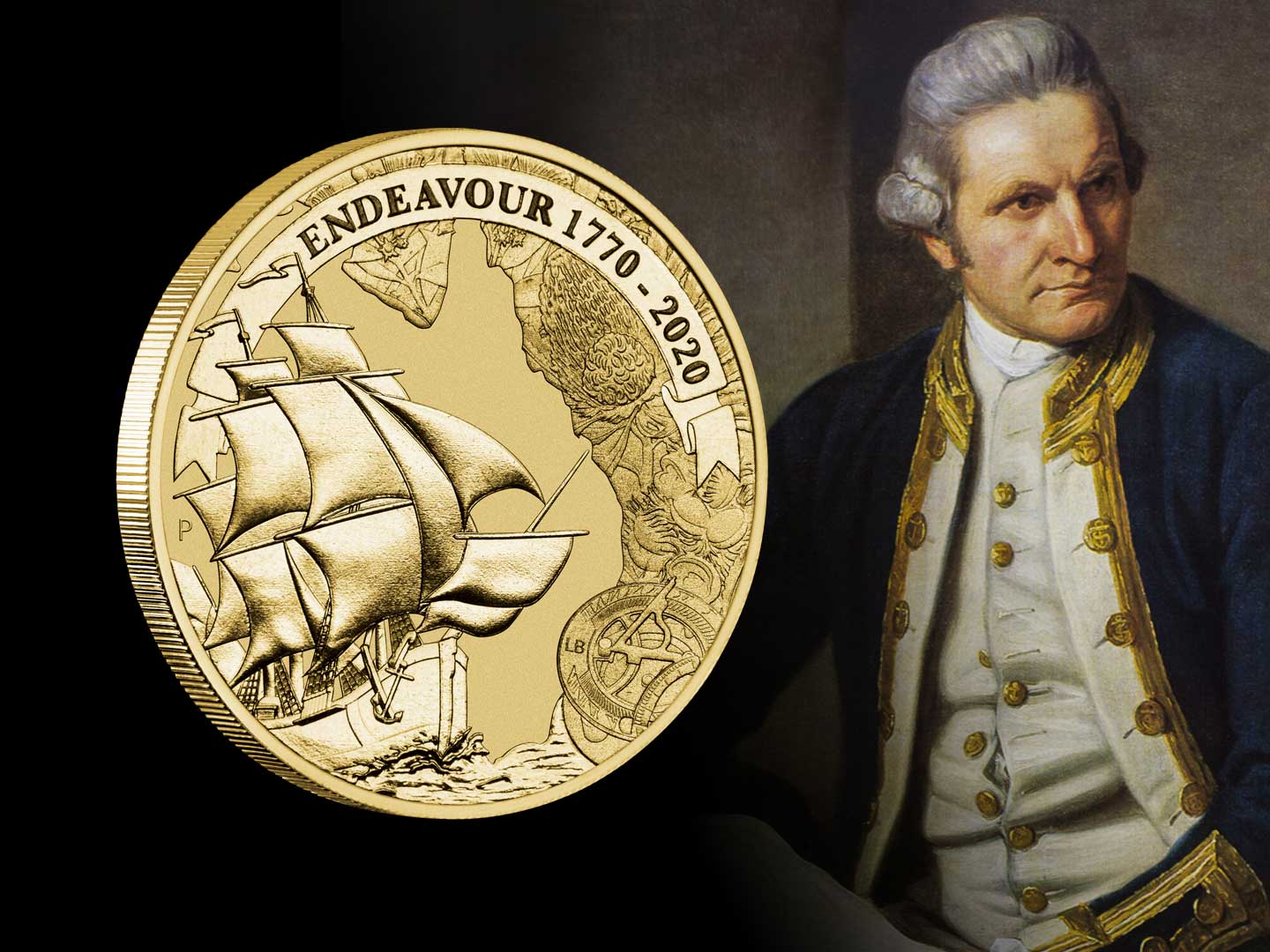
The first voyage of James Cook between 1768 and 1771 was a combined Royal Navy and Royal Society expedition to the south Pacific Ocean.
On board HMB Endeavour, the converted collier that previously hauled coal from Newcastle to London, Cook, a naval lieutenant, proved to be an exceptional navigator and explorer.
Representing the Royal Society, a learned body for the improvement of natural knowledge, Joseph Banks, a wealthy and influential baronet, contributed an unbridled thirst for new scientific discovery.
The combination of these strengths ensured that the expedition is remembered as one of the most significant in the history of maritime and scientific exploration – their achievements, by any standards, being remarkable.
In Tahiti, they observed the transit of Venus, a rare astronomical event during which the planet is seen moving across the face of the Sun.
Opening secret orders instructing them to search for the postulated Terra Australis Incognita (unknown southern land), they headed west, becoming only the second European explorers to reach New Zealand.
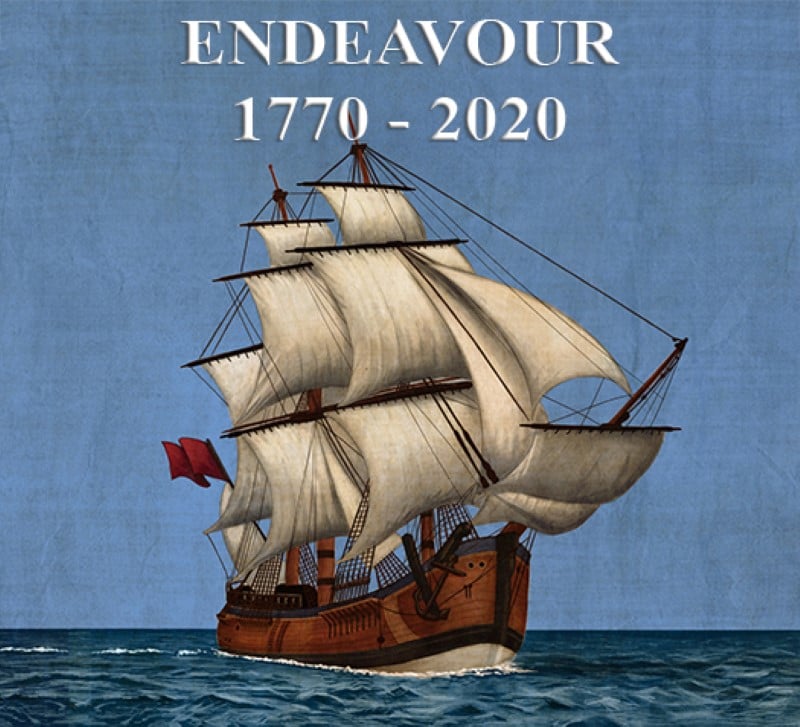
An interpretation of HMB Endeavour by Perth Mint artist Lucas Bowers.
The expedition took six months to map the coast of both North and South Island, disproving that the land was a northern extension of a vast southern continent.
Contrary to some misleading ideas, they did not ‘discover’ Australia in 1770, nor indeed were they the first Europeans to land on the vast continent’s shores. (The crew of the Dutch ship Duyfken is credited with the first authenticated European arrival in Australia having made landfall on Cape York Peninsula in the Gulf of Carpentaria in 1606).
But continuing in a westerly direction, Cook and Banks did become the first European explorers to reach the eastern seaboard of Australia (at a point near Mallacoota), subsequently mapping the coast for more than 1,700 nautical miles to its most northerly point.
On 29 April, Endeavour entered Stingrays Harbour. Although they stayed only eight days, Banks and his assistant Daniel Solander collected so many unusual specimens, Cook re-named it Botany Bay.
The Great Barrier Reef provided the sternest challenge to Cook’s seamanship. The entire voyage was threatened when, to the ominous sound of splitting timbers, a coral outcrop some 24 miles offshore punctured Endeavour’s hull.
Ballast, guns, anchors and equipment were all jettisoned overboard in an effort to re-float her at high tide. In such dire straits, even Banks, the gentleman botanist, took turns at manning the pumps alongside common seamen.
Free from the reef, a ‘fothering’ sail was hauled beneath the damaged hull to plug the hole as Cook nursed his stricken vessel towards the shore for repairs – engineering nothing less than a miraculous escape.
On 12 July 1771, Endeavour finally anchored off England’s southern coast. The ship’s return was a shock, as it had long been assumed the expedition had been lost at sea or destroyed in combat against the French.
Cook and Banks brought with them the first scientific collection of Australian flora, including specimens of 132 plant species from the region now home to Sydney.
While Endeavour lay on her side for repairs in (the future) Queensland, Banks was afforded the luxury of seven whole weeks to enlarge to the collection, while natural history artist Sydney Parkinson added to his landmark anthology of plant and animal illustrations.
To European eyes, his sketch of a kangaroo, a strange animal “as large as a greyhound, of a mouse colour and very swift” was completely alien.
The expedition’s success made a huge contribution to the 18th century quest for scientific knowledge – challenging many European preconceptions and, not least, in establishing the importance of including a scientific team on board subsequent voyages of exploration.
It’s legacy also includes the first large-scale hydrographic surveys and a significant contribution to the measurement of longitude, courtesy of Cook’s extraordinary cartographic and navigational skills.
Voyage of Discovery Endeavour 1770 – 2020 Gold and Silver Coins
Now, 250 years after she encountered Australia’s east coast, Endeavour is featured on superb gold and silver commemoratives issued by The Perth Mint.
Featuring an interpretation of the famous vessel by artist Lucas Bowers, the coins pay homage to the achievements of Cook and Banks with imagery of Australian native flora and a range of navigational instruments.
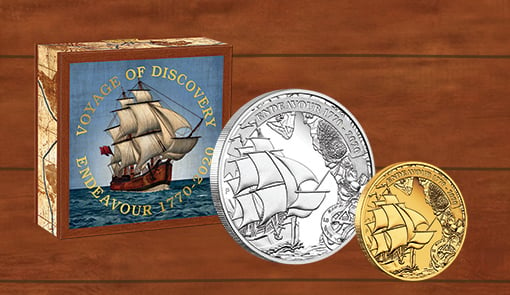
Just 5,000 1oz silver proof coins and 750 1/4oz gold proof coins will be released.
Also available is a special 2oz coin featuring a highly detailed design reflecting Endeavour’s Pacific expedition in a series of miniatures featuring Cook, the Australian native Banksia plant and navigational instruments, among others.
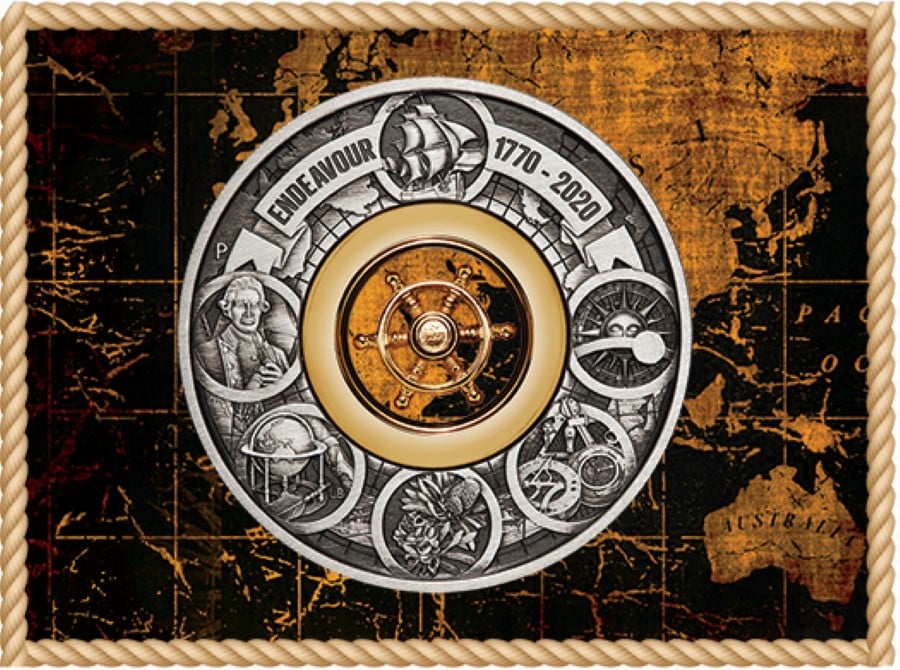
They encircle an intriguing central insert of a rotating ship’s wheel.
Appropriately, just 1,770 of these magnificent antiqued coins will be released.









